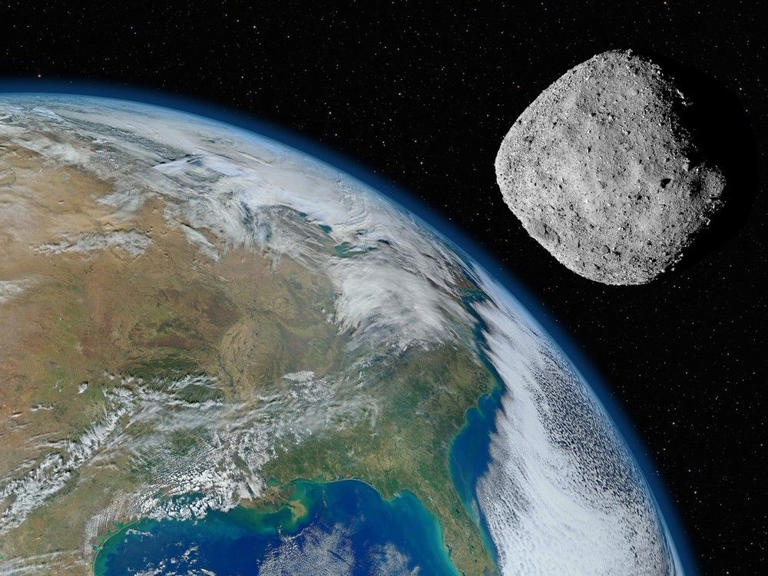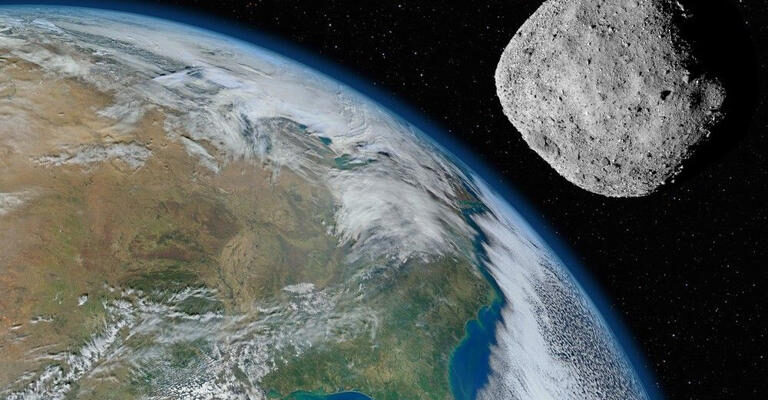
Astronomers have significantly increased the estimated odds of a giant asteroid striking Earth in 2032, though experts caution that further observations will likely reduce the risk.
The asteroid, designated 2024 YR, measures approximately 90 meters (300 feet) in diameter and is currently hurtling through space. According to NASA’s Center for Near-Earth Object Studies (CNEOS), the likelihood of impact stands at 2.3%—a one-in-43 chance.
A year ago, the European Space Agency (ESA) had placed the probability at 1.3%, estimating that December 22, 2032, would mark the asteroid’s closest approach to Earth. While this means there is still a 99% chance that it will pass by without incident, scientists are closely monitoring its trajectory.
The asteroid was first detected by NASA-funded skywatchers in Chile just before the New Year. It is similar in size to the Tunguska asteroid, which devastated 2,150 square kilometers (830 square miles) of Siberian forest in 1908.
Despite its ranking at the top of official impact risk lists in both the U.S. and Europe, scientists urge the public not to panic. The asteroid currently holds a Torino Impact Hazard Scale rating of 3, meaning it warrants careful observation but does not yet pose a severe threat. The scale ranges from zero (no risk) to ten (global catastrophe).
ESA addressed public concern in a YouTube video titled “How Asteroids Go from Threat to No Sweat,” explaining that improved data on 2024 YR will likely lower its impact probability to near zero in the coming months.
NASA’s Planetary Defense Coordination Office echoed this reassurance, noting that several objects in the past have initially appeared risky but were later removed from impact threat lists after further study.
Professor Colin Snodgrass, a planetary astronomy expert at the University of Edinburgh, emphasized the importance of continued observation.
“Most likely, this one will pass by harmlessly,” Snodgrass told The Guardian. “It just deserves a little more attention with telescopes until we can confirm that. The longer we track its orbit, the more accurate our predictions become.”
As astronomers gather more data on the asteroid’s speed and trajectory, they expect to refine their calculations and potentially rule out an impact altogether.

Comments